Proper cultivation of petiole celery
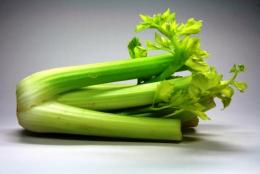
Spring is in full swing and so is gardening work. the first spring greens are just asking to be put on the table, and therefore the right growing petiole celery will allow you to saturate your diet with much-needed vitamins, microelements and a fresh, spring taste.
Yes, there are types of celery that themselves have quite long petioles, which are eaten in addition to the leaves. But varieties intended for open cultivation of stalked celery, although they do not require much trouble, do not provide an amazingly delicate taste and aromatic crunch, as when growing celery on stalks using the bleaching method.
Yes, such a strange, it would seem, name for the method of growing a healthy vegetable is not associated with chemical bleaching, but with the peculiarities of caring for the plant. Before planting petiole celery, the gardener needs to carry out preliminary work on arranging the growing site. This is not only digging, weeding, loosening and fertilizing before planting. This is the arrangement of so-called trenches. A celery bush is planted in such a trench and dug in right down to the leaves. Then, as the plant grows in height, it is regularly added dropwise to the very leaves. It is in this way that in the ground, in complete darkness, light, as if bleached, celery stalks grow, which have a delicate taste, aromatic crunch and great benefits.
Petiole celery is sown in February-March for seedlings at home, then transplanting the plants into trenches.Caring for such celery in itself is not at all difficult - watering and periodic feeding. but constantly burying shoots in trenches, of course, takes a lot of time and effort. But the result is a tasty and tender vegetable that is rich in vitamins and minerals and will reward the gardener for all his efforts.
Good luck!

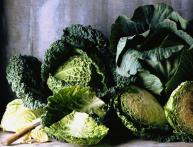

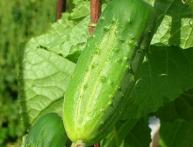
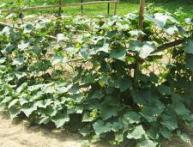
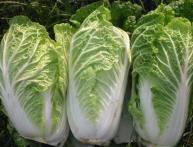

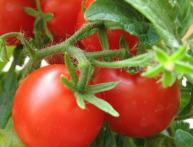

Comments
Thanks for the advice, otherwise I didn’t grow anything else in the dacha besides parsley, dill and basil.. I think it’s time to expand my knowledge.